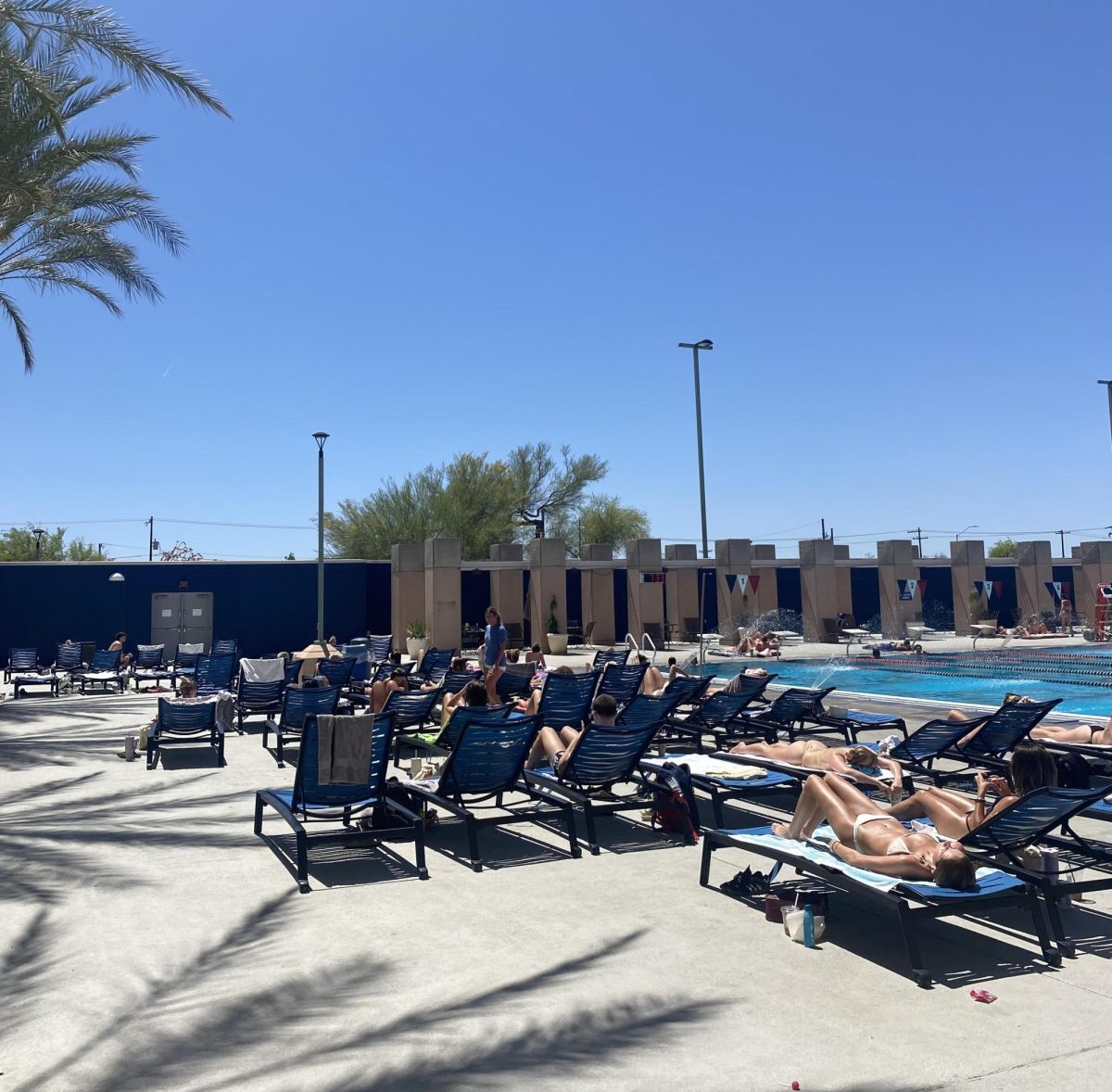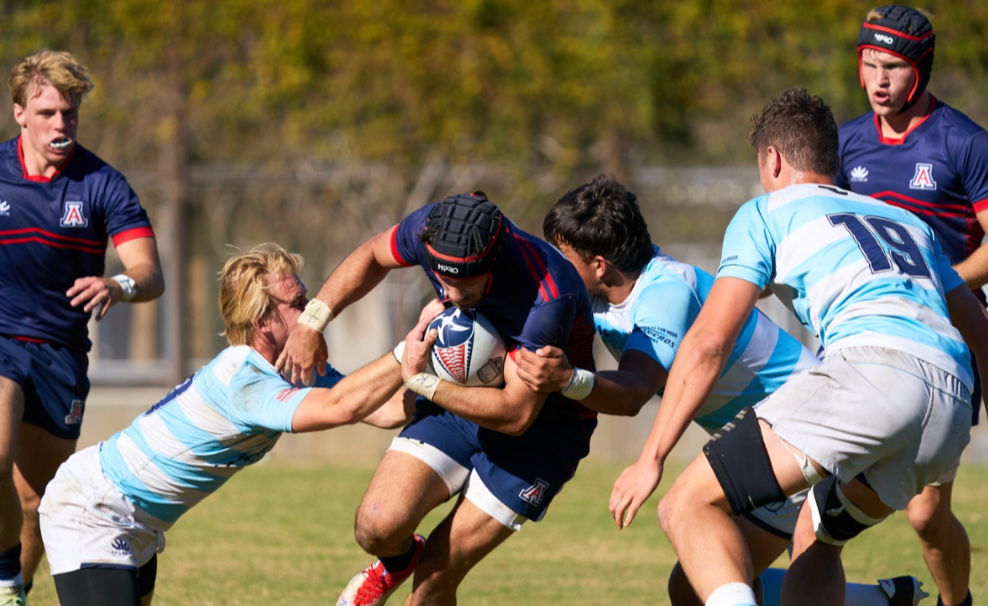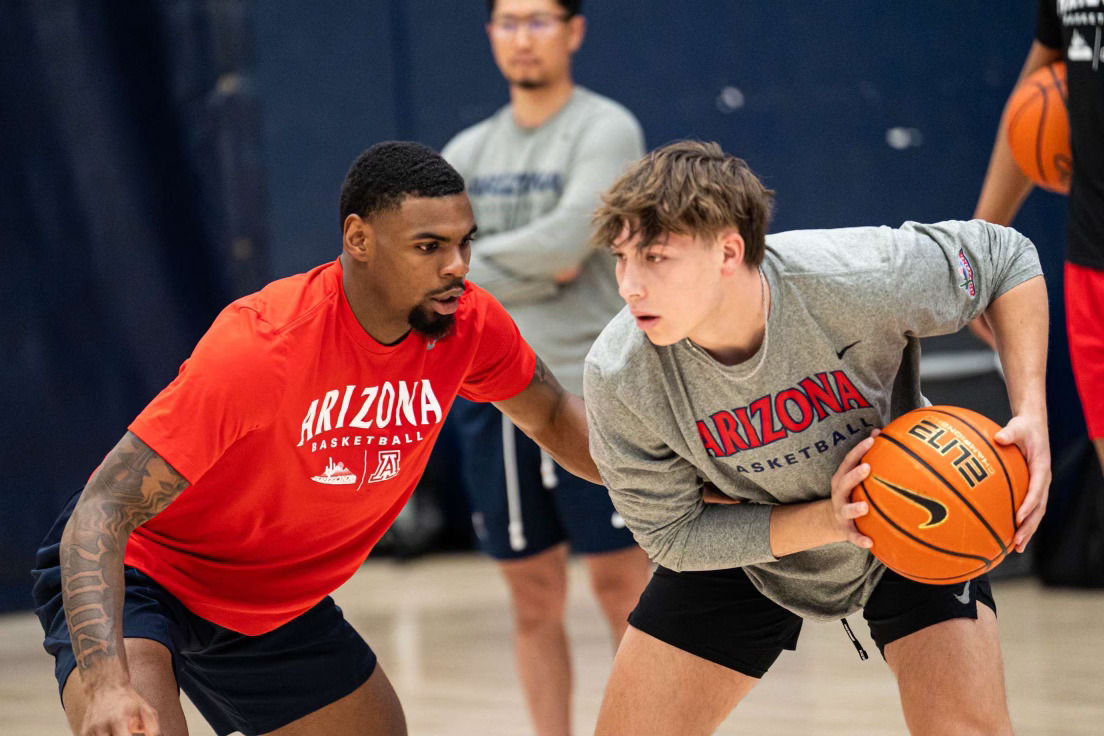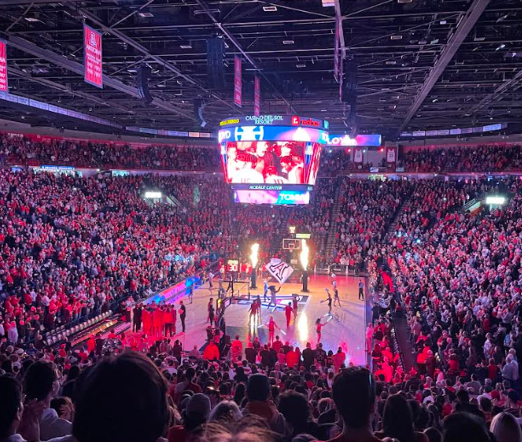On any given day this week when temperatures inch into the 90s, you can visit any of the high rise apartment pools near the University of Arizona and find dozens of students laying out, lathered in tanning oil.
For many students, especially those from colder places, the idea of being able to get a quick tan in between classes is exciting. But many do not know the risks.
“It’s such a fun and relaxing way to spend time with my friends or do some homework,” said Sena Brenden, who enjoys tanning at her apartment building’s rooftop pool.
She said she’s not alone; about 90% of her friends enjoy tanning, too.
When students tan, either outside or using a tanning bed, they are exposed to UV radiation (UVR).
“Too much UVR causes skin cancer, not to mention wrinkles and sagging skin,” said Lisa Quale, a health educator at the UA Cancer Center. “There is no way to tan safely unless you choose a tanning mist/airbrush tan or self-tanning products.”
“Tanning is your skin’s natural defense against damaging UVR from the sun and tanning beds. Your skin darkens to try to block the rays from reaching the deeper layers of your skin,” she said.
Even when they are not purposely aiming to get a tan, UA students are constantly exposed to sunlight throughout the year, even just walking to class. The UA Skin Cancer Institute has created an acronym, ACE, to help students remember how to stay sun safe.
A – avoid too much sun, especially between 10 a.m. and 4 p.m.
“I used to make getting to my classes a game of how much shade I could find along the way,” Quale siad. “You can also carry an umbrella…this helps with the heat of the sun, as well.”
C – cover up. Quale recommends clothing with ultraviolet protection factor (UPF) built in, but students can also opt for UV blocking sunglasses or a wide brimmed hat.
Quale said that students should apply sunscreen every 90 minutes or after they have been sweating or swimming.
“We recommend a sun protection factor of 30 or higher. Use a broad-spectrum product to protect against both UVA and UVB types of radiation,” she said. “Often forgotten spots are the neck, ears, feet, hands and lips.”
E – examine your skin. Keep an eye out for spots, both new and changing, and reach out to a healthcare provider if you notice anything suspicious. Ideally, students should visit a dermatologist annually.

According to the UA Skin Cancer Institute, skin cancer is the most common form of cancer in the U.S. today. It’s even more common in Arizona where the sunny weather leads to potentially excessive amounts of UVR and high rates of non-melanoma skin cancers.
The tan skinned aesthetic so many UA students seek could lead to serious health conditions, but still many students choose to tan because it boosts their confidence.
“I’m super pale and love the glow of a nice tan,” explained Brenden.
Taylor Carpenter, who is originally from Massachusetts, said that tanning helped her feel better in her own skin.
“The going out culture adds to the pressure of tanning because you want to look your best when you go out on a Thursday/Friday/Saturday night, and being tan adds to the look,” she said.
UA students often opt for indoor tanning, as well, and many of the apartments near campus, including Pacific, Malibu, and the Cottages have their own tanning beds.
Quale said that tanning beds can be more risky than outdoor tanning since they emit a type of radiation that damages deeper layers of the skin.
“Just one indoor tanning session increases a person’s chances of developing melanoma by 20%, and using a tanning bed increases a person’s risk for melanoma by 75%,” said Quale.
Carpenter said that indoor tanning helps her to keep her natural, outdoor tan throughout the year.
“I love tanning outdoors in the summer, but I would hate to lose the tan so that’s where indoor tanning comes in,” she said. “It’s also nice that it only takes 12 minutes instead of a whole day.”
Overall, Quale wants students to understand that there is no such thing as safe tanning. UA students will always face high sun exposure, but there are ways for them to prevent sun damage and stay safe.
“Your natural color is the best color to be,” said Quale.
To learn more about how to tan safely, visit https://azskincancerinstitute.org/
Arizona Sonoran News is a news service of the University of Arizona School of Journalism.






















